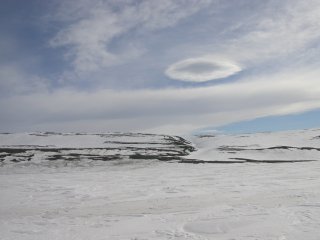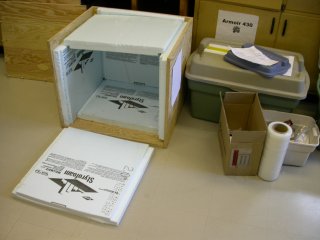I have started reviewing other people’s manuscripts – just received another one at the beginning of September. It is very interesting with procedures varying from journal to journal and different deadlines, but it is indeed a lot of work.
I have now settled into a procedure to make sure not to forget anything: I start with reading the article several times, each time with a different focus (e.g. objectives stated and reviewed, consistency, clarity) making remarks as I go along. I also read some key articles in the field, should I not be 100% familiar with the topic to place the manuscript into the current research context.
Then it is about structuring and clarifying my remarks, so that the authors can understand them and get my point. Alltogether it takes quite a bit of time (1-2 full days), but it is quite interesting, especially on a plane to Europe, when you are bored ;). The deadline is approaching fast anyway.

